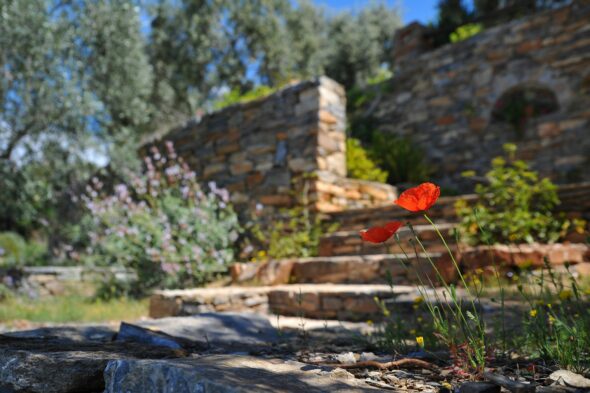Safety and Aesthetics: Tips for Landscaping Around Your Wellhead

Landscaping around a wellhead is a unique challenge that requires careful consideration of both safety and aesthetics. While it’s important to maintain easy access to the well for maintenance and emergencies, you also want to ensure that your landscaping enhances the beauty of your outdoor space. Landscaping around your wellhead can prioritize safety while creating a visually appealing environment. A few quick tips can help transform your property and make it look incredibly appealing.
1. Maintain Clearance
Safety should always be the top priority when landscaping near a wellhead. It’s essential to maintain adequate clearance around the wellhead to ensure easy access for maintenance and repairs. The area immediately surrounding the well should be kept clear of obstructions such as trees, shrubs, and structures to allow for unobstructed entry and exit by service personnel. Check local regulations and guidelines for specific clearance requirements in your area. Remember that landscaping around your home can greatly improve the value of your home.
2. Create a Protective Barrier
While it’s important to keep the area around the wellhead clear, you can still incorporate landscaping features that serve as a protective barrier. Consider installing low-maintenance plants such as ornamental grasses, flowering perennials, or decorative rocks around the perimeter of the well to define the space and deter unwanted foot traffic. These landscaping elements can help prevent accidental damage to the wellhead while adding visual interest to the area.
3. Choose Drought-Tolerant Plants
Selecting drought-tolerant plants for landscaping not only reduces water consumption but also minimizes the risk of moisture infiltration near the well. Opt for native or adapted plants that are well-suited to your local climate and soil conditions, as they will require less water and maintenance to thrive. Drought-tolerant plants such as succulents, lavender, and yarrow are not only resilient but also add texture, color, and fragrance to your landscape design.
4. Incorporate Hardscaping Features
Hardscaping features such as pathways, retaining walls, and decorative stones can enhance the safety and functionality of your wellhead area while adding visual appeal to your landscape. Use materials such as gravel, pavers, or natural stone to create pathways leading to the wellhead, making it easier to navigate the space and perform maintenance tasks. Retaining walls can also help prevent soil erosion and runoff near the well, further protecting its integrity.
5. Consider Privacy Screening
Depending on the location of your wellhead, you may want to consider incorporating privacy screening into your landscaping design to shield the area from view and create a more secluded environment. Planting tall evergreen trees or shrubs along the perimeter of the well can provide privacy while also serving as a windbreak and noise buffer. Be mindful of the mature size of the plants and their proximity to the well to avoid interference with access and maintenance.
6. Install Decorative Coverings
To enhance the aesthetics of your wellhead area, consider installing decorative coverings or enclosures that complement your landscape design. Decorative wellhead covers made from materials such as wood, metal, or faux rock can disguise the wellhead while adding visual interest to the space. Choose a design that complements your existing outdoor décor and blends seamlessly with the surrounding landscape.
7. Illuminate the Area
Proper lighting around the wellhead not only enhances safety and visibility but also adds a decorative element to your landscaping design. Install outdoor lighting fixtures such as path lights, spotlights, or lanterns to illuminate the area around the well and create a welcoming ambiance. Solar-powered lights are an eco-friendly option that requires no wiring and can be easily installed along pathways and around landscaping features.
8. Regular Maintenance
Finally, regular maintenance is essential for ensuring the safety and longevity of your wellhead landscaping. Keep plants pruned and trimmed to prevent overgrowth and maintain clear access to the well. Monitor for signs of soil erosion, drainage issues, or damage to landscaping features and address any issues promptly to prevent further damage to the well or surrounding landscape.
Landscaping around a wellhead requires a careful balance of safety and aesthetics. By prioritizing clearance, incorporating protective barriers, choosing drought-tolerant plants, and incorporating hardscaping features, you can create a landscape design that enhances the beauty of your outdoor space while ensuring the safety and functionality of your wellhead. With proper planning, regular maintenance, and attention to detail, you can create a visually appealing and sustainable landscape that protects and enhances your wellhead for years to come.
- Restaurant Germs: Improving Cleaning Practices For Commonly Contaminated Surfaces - April 15, 2024
- 11 Cancer-Fighting Foods to Reduce the Risk of Cancer - March 18, 2024
- Safety and Aesthetics: Tips for Landscaping Around Your Wellhead - February 20, 2024
